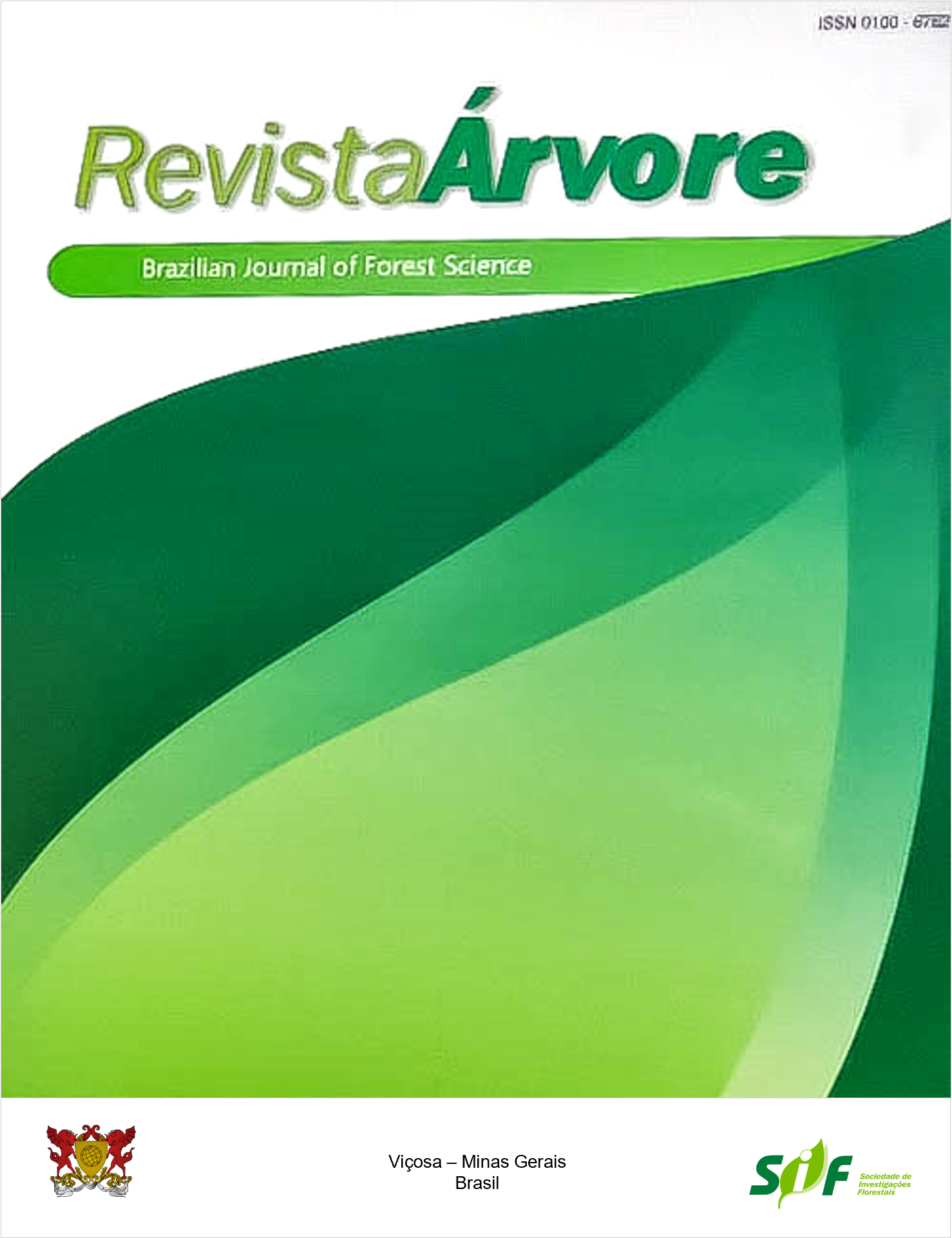INFLUENCE OF THE TIMBER ELASTIC MODULUS ON THE GEOMETRIC NONLINEAR STRUCTURAL ANALYSIS OF TRUSS ARCHES
Keywords:
Timber structures, Finite Element Method, Positional formulationAbstract
In this work, it was numerically evaluated the influence of the modulus of elasticity parallel to the wood grain on the stability of trussed arches considering a nonlinear geometric analysis based on the Finite Element Method (FEM). This approach was carried out according to a positional formulation of the FEM, considering the structural nodes as main variables of the nonlinear equations system, whose resolution was obtained using the Newton-Raphson method. Altogether, seven arch models were evaluated, consisting of coniferous and hardwoods, with properties defined according to the strength classes of the Brazilian standard ABNT NBR 7190. The subroutines were written in MATLAB to solve the system of nonlinear equations and perform the analysis, including the graphical representation of the results and configurations of the trussed arch. Internal loads and displacements were obtained, in addition to the instability loads of the trussed arches. It was found that the instability load of the arch made with the stiffest hardwood (D60) was approximately equal to 700% of the instability load of the C20 coniferous class and equivalent to 257.8% of the D20 hardwood class-related load. It was verified that the modulus of elasticity significantly influences the nonlinear geometric behavior of the timber trussed arch. Furthermore, the nonlinear geometric analysis allowed calculating more accurate parameters and the verification of the stability of the structural system.
Keywords: Timber structures; Finite Element Method; Positional formulation
Downloads
Published
How to Cite
Issue
Section
License
Copyright (c) 2022 Revista Árvore

This work is licensed under a Creative Commons Attribution 4.0 International License.
All authors agreed to submit the work to Revista Árvore and granted the exclusive license to publish the article. The authors affirm that it is an original work and has not been previously published elsewhere. The scientific content and opinions expressed in the article are the sole responsibility of the authors and reflect their opinions, not necessarily representing the opinions of the editorial board of Revista Árvore or of the Society of Forest Investigations (SIF).




